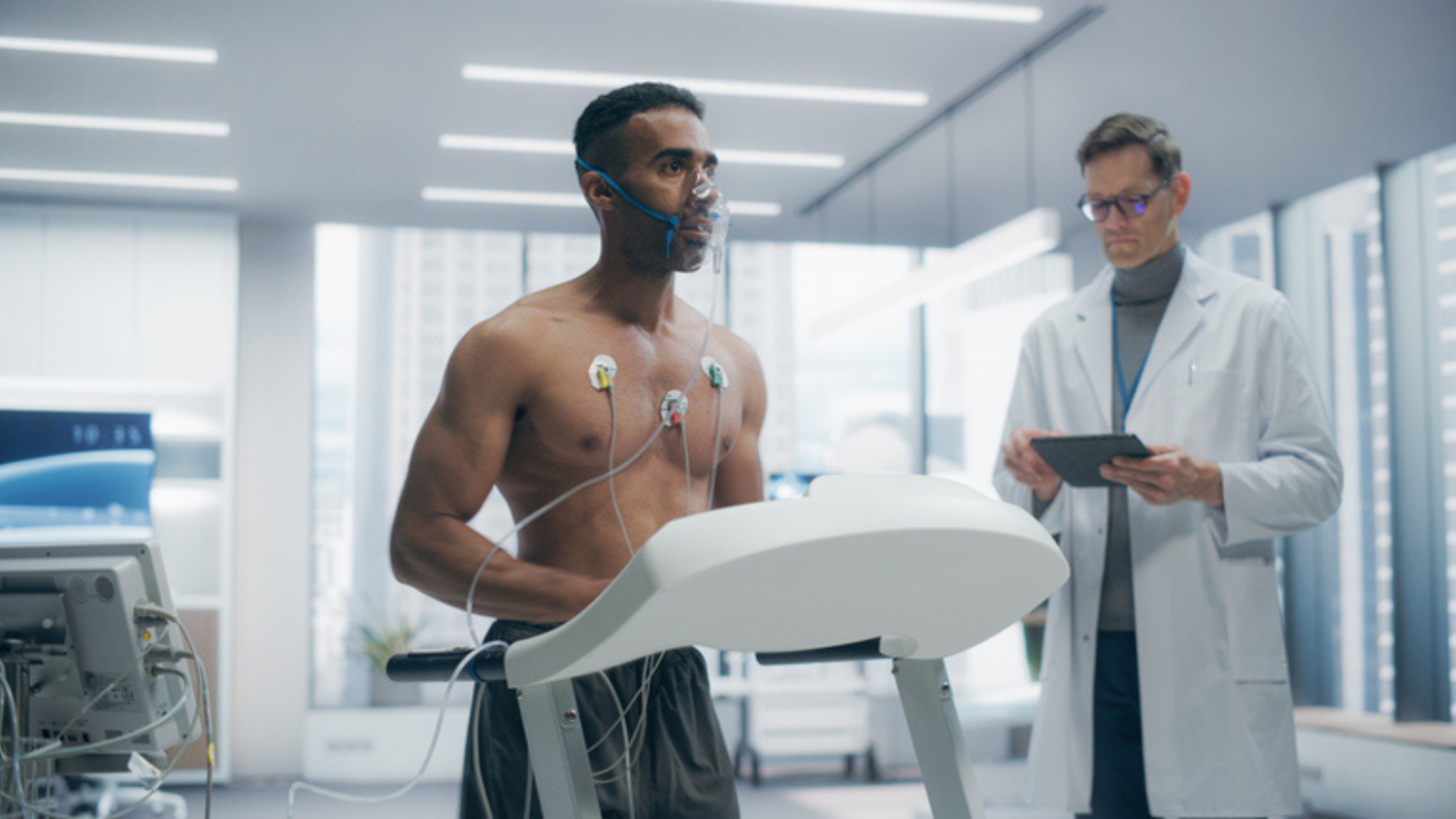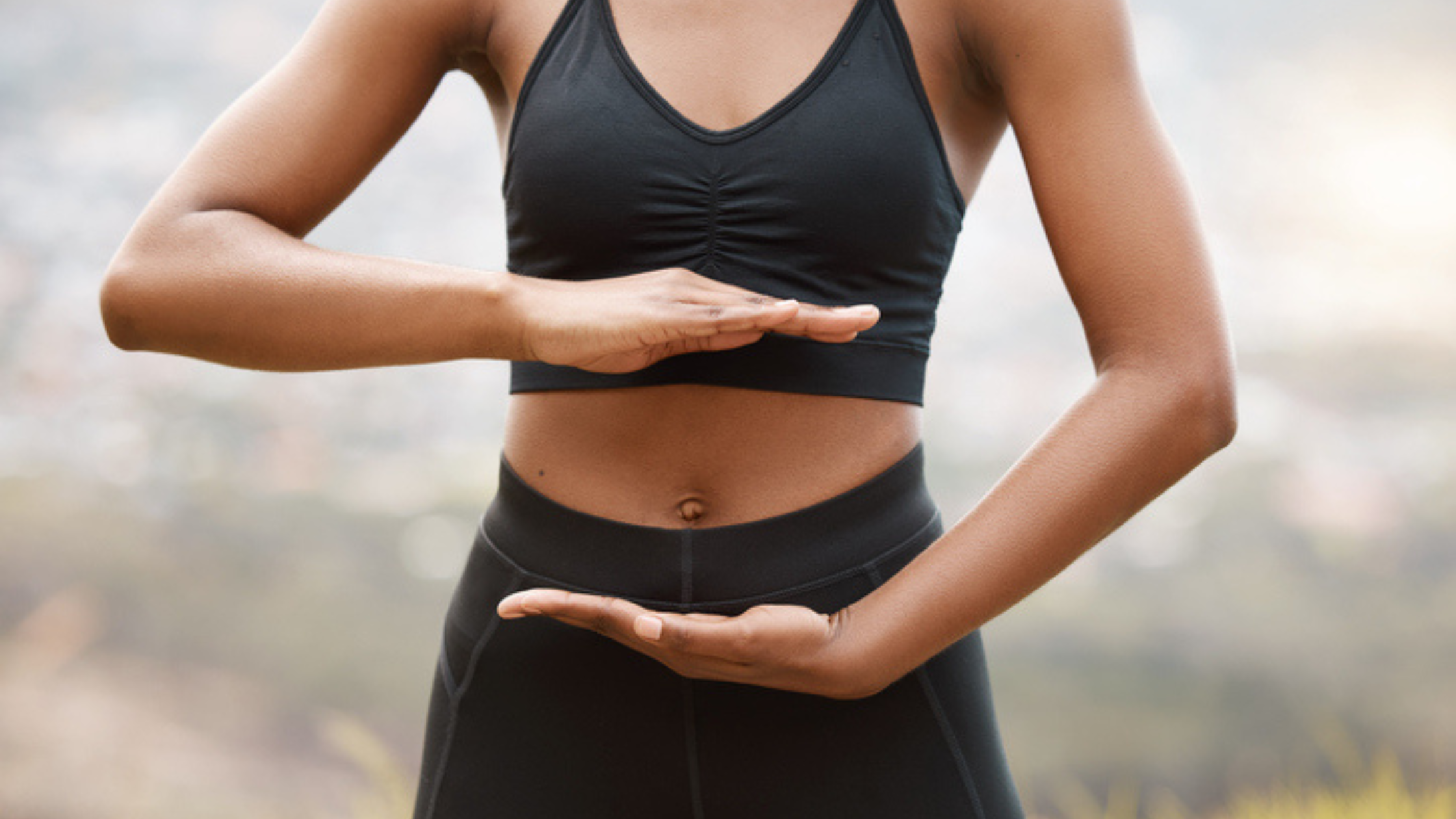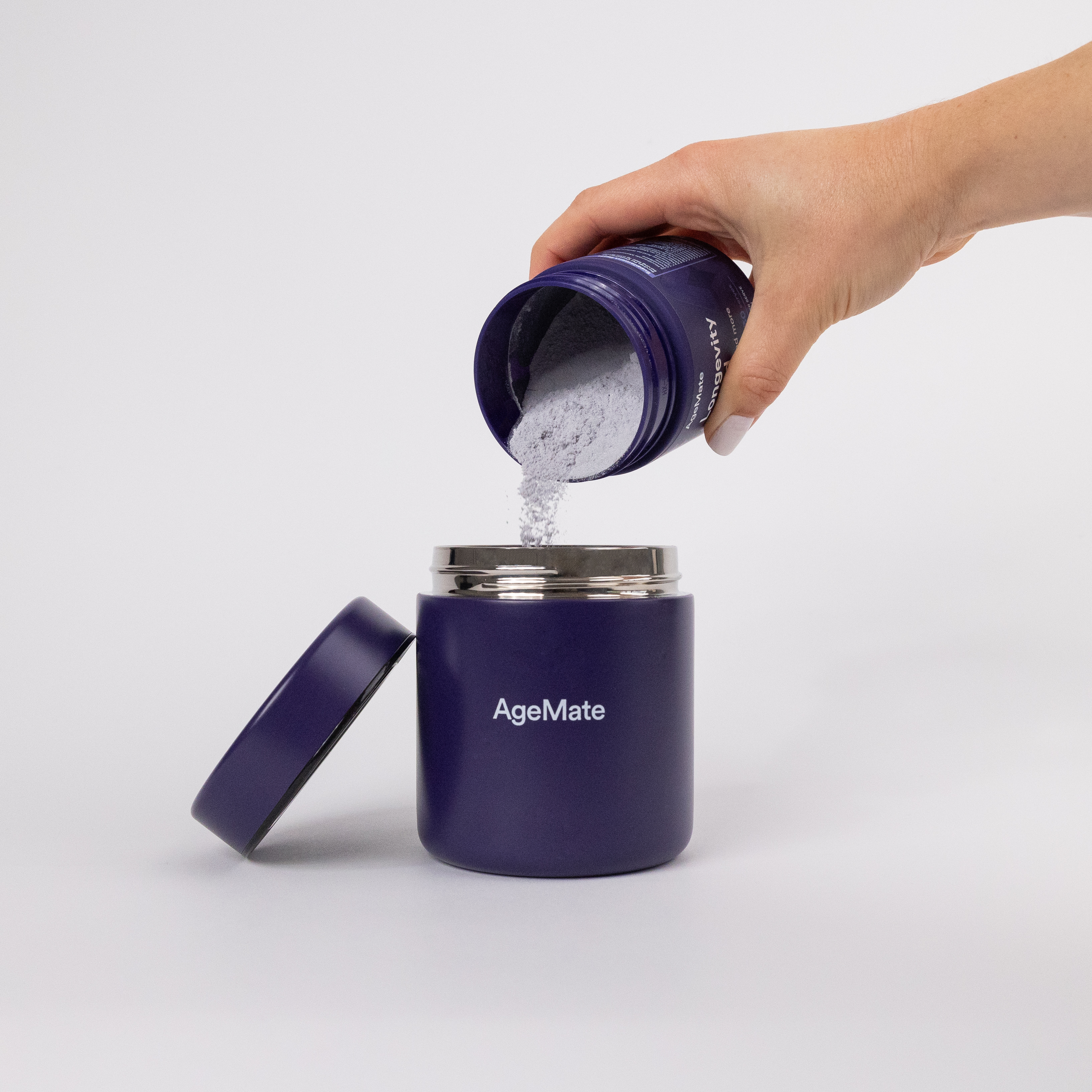Key Takeaways
-
Optimising your cardiorespiratory fitness (often measured by VO₂ max) and maintaining strong muscular strength are two of the most powerful predictors of longevity.
-
Improving VO₂ max and muscle strength pays dividends well into your later years. The gains are meaningful even if you start modestly.
-
Embracing both aerobic fitness and strength-training as part of a lifestyle (rather than as quick fixes) supports healthier ageing and gives you more quality years.
For every increase in cardiorespiratory fitness, you might add approximately 45 extra days of life (R). That’s right, simply becoming a bit fitter in how your body uses oxygen can translate into meaningful life extension.
In this blog, drawing on advice similar to what expert longevity Dr Peter Attia emphasises, we’ll dive into the two metrics that matter most for longevity: cardiorespiratory fitness (VO₂ max) and muscular strength. You’ll learn why they matter, how they work, and what you can do to improve them.
Why cardiorespiratory fitness (VO₂ max) deserves your attention
Here you’ll discover what VO₂ max is, the research linking it to longer life, and why it’s not just for elite athletes.
Cardiorespiratory fitness, often measured as VO₂ max (the maximum volume of oxygen your body uses per minute, per kilogram of body weight) — reflects the efficiency of your heart, lungs and vascular system working together. It’s often described as the “engine capacity” of your body.
Researchers have repeatedly found that higher VO₂ max is strongly associated with lower all-cause mortality. For example, a large study involving over 120,000 adults found that those in the “elite” aerobic fitness group had an adjusted hazard ratio for mortality of 0.20 compared to the low-fitness group (R). That means they were 80% less likely to die in the follow-up period than the low-fitness group, all else being equal.

Another study estimated that each unit increase in VO₂ max corresponded with 45 extra days of life (R). Interestingly, the benefit did not appear to plateau. The highest fitness bracket consistently showed lower mortality rates than the next tier.
In simple terms, improving your aerobic fitness is one of the best investments you can make in terms of living longer and staying healthier as you age.
Why is muscular strength more than just “lifting weights”
Now we shift our focus to your muscles and strength, showing you that they’re much more than just aesthetic. Muscular strength is your body’s ability to generate force. Think lifting something heavy, pushing yourself up from a chair, or stepping up onto a curb. As we age, muscle strength naturally declines, but the rate and impact of that decline are modifiable.
Crucially, multiple large‐scale studies show that stronger muscles are independently associated with lower mortality. One prospective study of men found that higher muscular strength was associated with a significantly lower risk of all-cause mortality even after accounting for aerobic fitness (R). A further systematic review found that muscle strength and survival had a graded association among even those in their 80s and 90s (R).
What this means is your muscle strength isn’t just about gym reps — it matters for how well your body copes with stress, illness, recovery, and general resilience. Stronger muscles help you maintain independence, preserve function, and reduce vulnerability as you age.

How these two metrics work together for longevity
Aerobic fitness and strength complement each other, and you don’t need to pick one over the other. If you visualise your body as a car, aerobic fitness is the engine, whereas muscular strength is the chassis and suspension. One without the other limits performance.
Studies indicate that aerobic fitness and muscular strength are both independent predictors of longevity. Although when you improve both you tap into synergistic benefit. For example, being aerobically fit helps your cardiovascular system deliver oxygen efficiently, while strong muscles help you utilise that oxygen and buffer the impacts of ageing changes in bone, joint and metabolic health.
In fact, research concludes that having both good cardiorespiratory fitness and muscular strength gives you the best odds of living longer and avoiding the frailty and functional limitations that sometimes accompany ageing (R).
So for someone looking to live well into the future, the message is: yes, continue on that walk or cycle, but also include strength work. You don’t need to be a bodybuilder, just consistently working at your strength baseline matters.
Practical steps to boost VO₂ max and muscle strength
Here we move from the “why” into the “how”. Realistic, enjoyable steps you can start now.
For VO₂ max / aerobic fitness
-
Choose activities you enjoy and that elevate your heart rate: brisk walking, cycling, swimming, dancing.
-
Aim for 150 minutes per week of moderate aerobic activity (for example, where you can talk but not sing).
-
Include one session of somewhat higher intensity if you’re able (for example short bursts of faster walking or cycling) — this can help raise VO₂ max more efficiently.
-
Monitor progress: you may notice you can walk or cycle further or faster with less effort. That reflects improved cardiorespiratory efficiency.
For muscular strength
-
Include two non-consecutive days per week of resistance or strength-type training: bodyweight (sit-to-stand, push-ups against a wall), resistance bands, light weights.
-
Focus on major movement patterns: standing up/ sitting down; pushing (wall or bench); pulling (band or row); stepping up/down a curb or stair.
-
Ensure progressive challenge: if it becomes easy, increase reps, sets or resistance slightly. This principle of “progressive overload” keeps the stimulus effective.
-
Include exercises for balance and functional strength (important for older adults to maintain independence and reduce fall risk).
Starting gently: Tips for safety
-
Warm up gently (5–10 mins) and allow adequate rest between sessions.
-
Prioritise form over load. Proper technique means less risk of injury.
-
Listen to your body: if joint pain or symptoms persist, seek guidance from a qualified exercise professional.
-
It’s never too late to start. Even modest improvements in VO₂ max or strength show benefits.
What to measure and track
Tracking progress helps you stay motivated and see meaningful change.
-
For aerobic fitness: you might use a timed walk (e.g., how far you walk in 6-10 minutes) or an increase in walking/cycling pace.
-
For strength: track something simple like the number of sit-to-stands in 30 seconds, or how many bodyweight or band-resisted push/pull movements you can do with good form.
-
Keep a log: note the exercise, duration/intensity, how you felt afterwards, any improvements.
-
Celebrate progress: that shorter breath-lessness, the extra step you can take, the ease of standing up from a chair — these are all wins in your longevity journey.

Embracing longevity with joy and purpose
VO₂ max (cardiorespiratory fitness) and muscular strength are key markers of your body’s resilience, your youthful physiological capacity, and your potential for more quality years ahead.
It’s never about being flawless or “training like an athlete”; it’s about progress, consistency, and enjoyment. A brisk walk in the park, a couple of sets of body-weight exercises at home, a dance class with friends, these all count.
If you enjoyed this deep dive into longevity-training, read our next blog: How to Increase VO2 Max.





